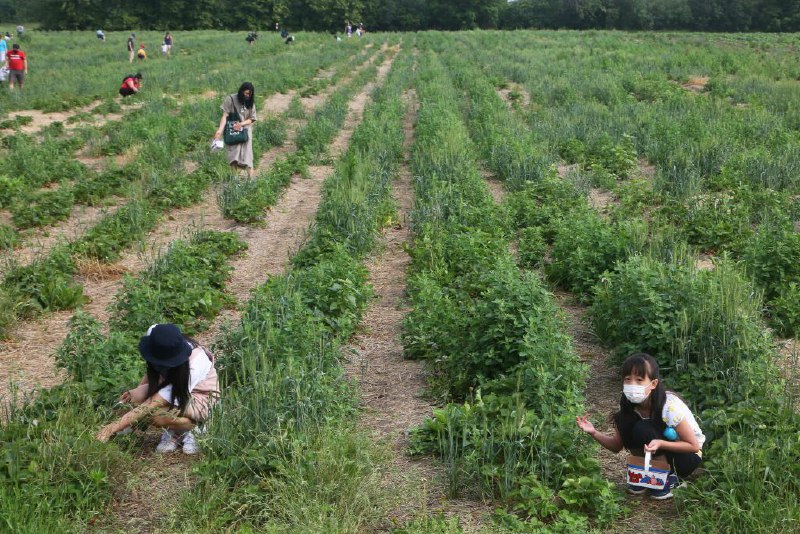
Researchers use nanosensors to study crops that can survive drought, given the climate's possible changes.
Researchers Take Action
The very real chance of our Earth growing warmer may lead us to ways to cope with the necessary changes, such as planting crops in an inhospitable drought. Already in the US, soybean, wheat, and corn production are being threatened.
Researchers like Abraham Stroock, a professor of chemical and biomolecular engineering at Cornell University, has said that in regards to crops production, a big focus is on "breeding for a changing climate."
Stroock is researching several new traits and their genetic origins in resilience to extremely hot and dry climates that many parts of the world are already experiencing.
But, before that, researchers like Stroock need to have a better understanding of how the existing plants manage their water intake.
Read More: NASA's Citizens Science Program Awards 23 New Research Grants to Public Collaborators
Nanosensor Created
According to WIRED's report, the AquaDust is a nanoscale sensor that uses tiny fluorescent dyes that illuminates how the water passes through plant tissues. The AquaDust is a minimally invasive option for both biologists and breeders alike to ascertain the crop's general health at a microscopic level.
The research was passed on for publishing in the Proceedings of the National Academy of Sciences in June.
The study said that the measure the AquaDust is used for is called "water potential."
During a drought, a plant with very negative water potential will eventually wilt up and die. The gold standard in measuring water potential is a tool named the Scholander pressure chamber as per Nano Werk. It has the size and shape of a lunch box, and has a pressure gauge and sample chamber.
Difference Between AquaDust and Scholander Pressure Chamber
The difference, in general, is that the plants stay alive using the AquaDust, as compared to its counterpart in which the plant dies.
The Scholander Pressure Chamber measures the water potential by forcing the liquid out of the plant through using pressurized gas, and is decades old.
Stroock and his team of researchers developed the AquaDust for the plant to stay healthy and live while at the same time gathering the necessary data without worry of the plant or sample being compromised.
They started the development of nanoparticles with the use of microscopic sensors created from hydrogel. The hydrogel then expands or contracts depending on the response towards the changes of water available. The particles can then be mixed into a solution, creating a pinkish liquid.
Real-World Simulation
The technology developed can be used in real-world simulations for workers out in the fields all day to monitor their crops and people in charge of greenhouses.
Further studies even say that AquaDust can be sprayed across a field together with a multispectral camera to quickly assess the general water potential of all the plants affected.
For now, researchers focus their measurements on the area beneath a leaf's surface since it's the location of where important functions of the plant's life take place, such as taking in CO2 and releasing water back into the atmosphere.
Read More: SpaceX Super Heavy Rocket Adds Tower, Moves Location--Is This In Preparation for Full Stack Flight?
This article is owned by Tech Times
Written by Alec G.









